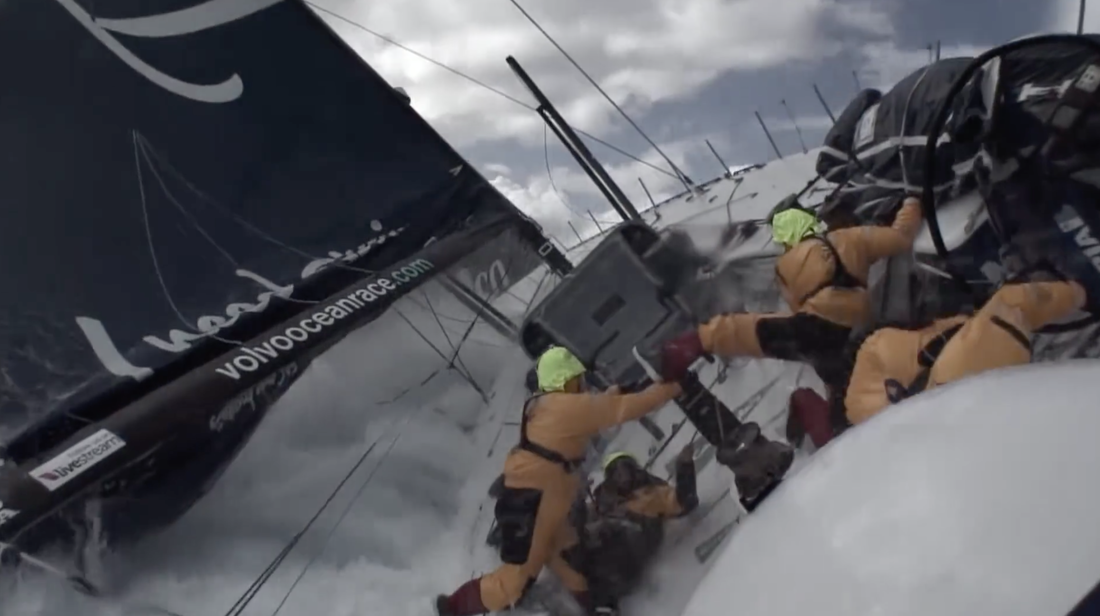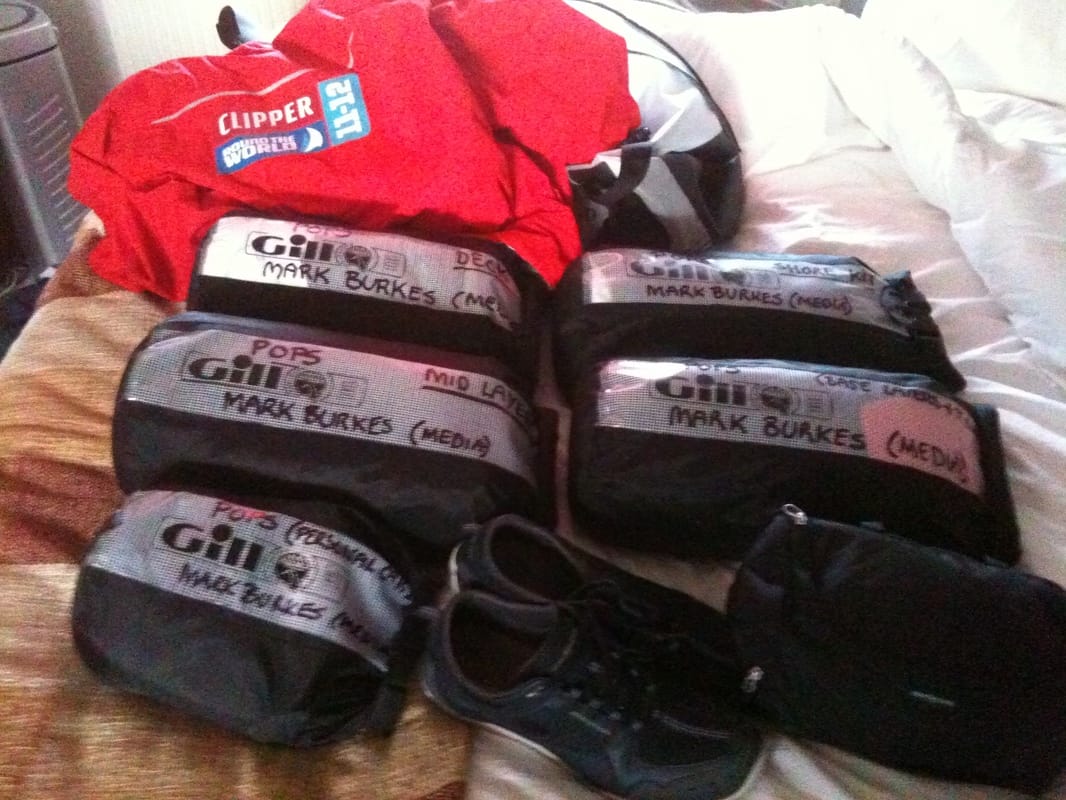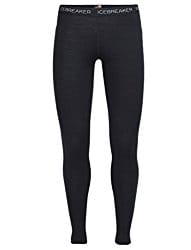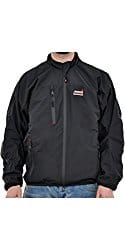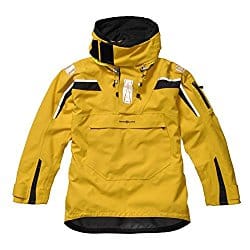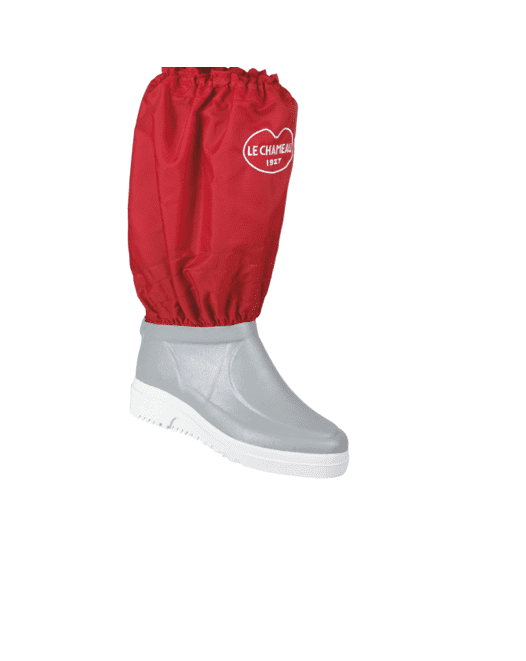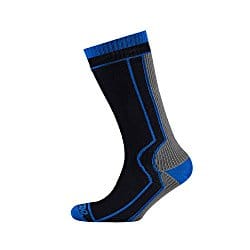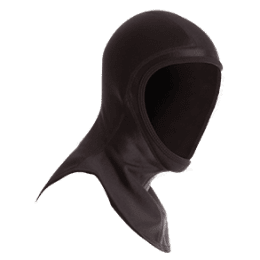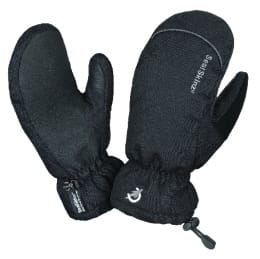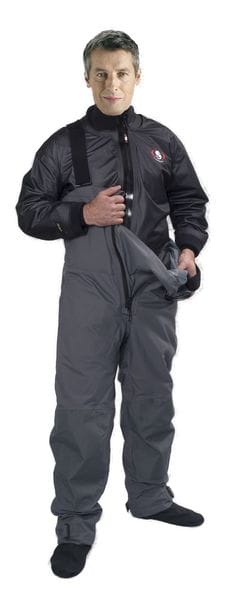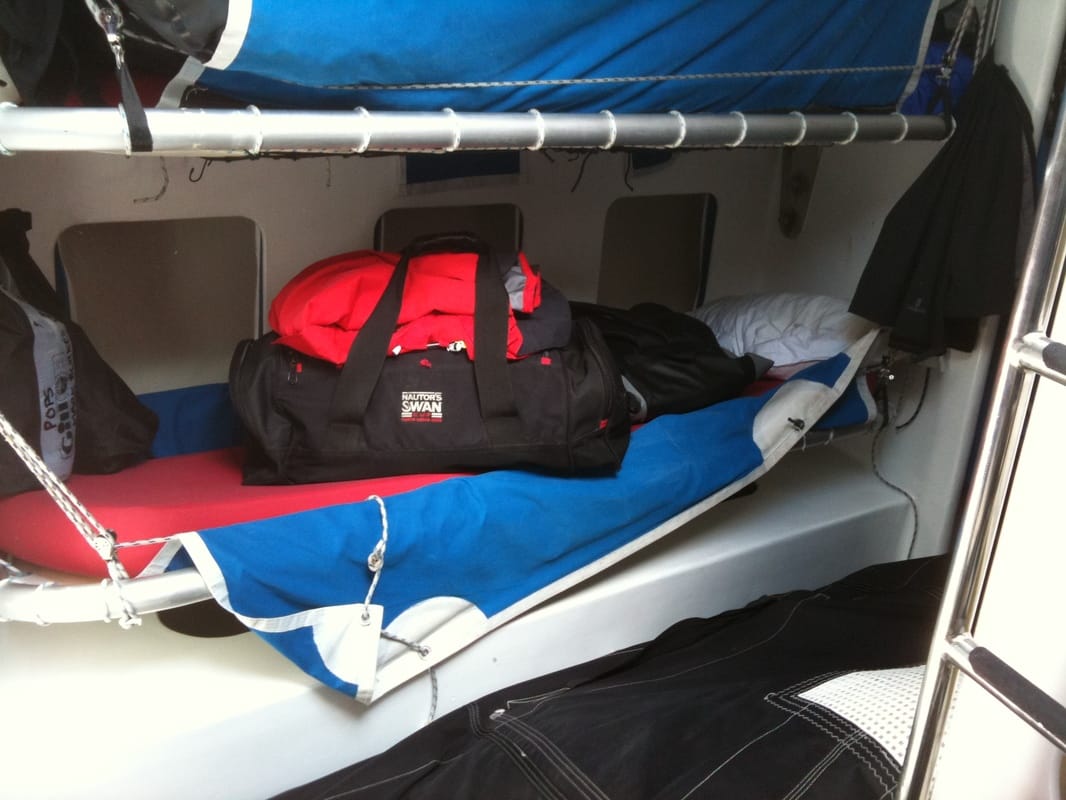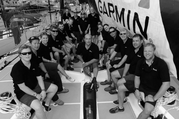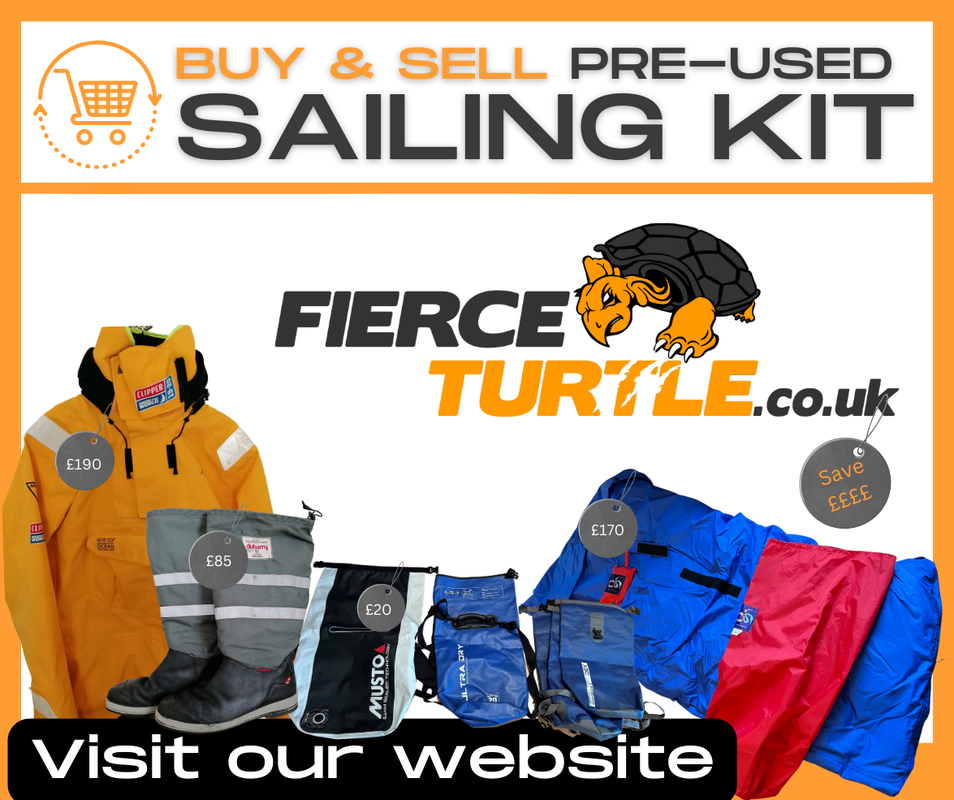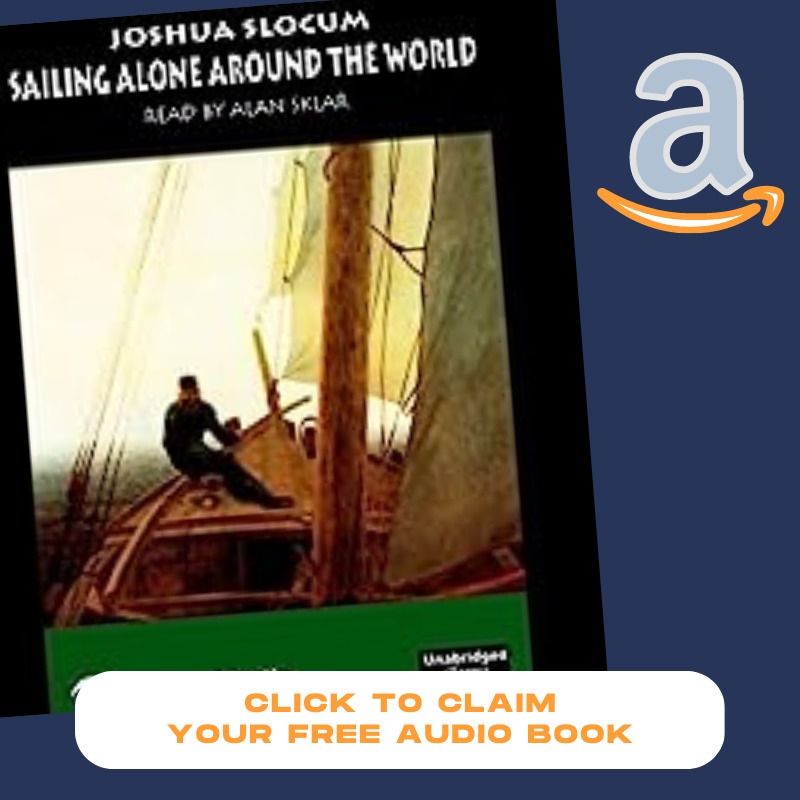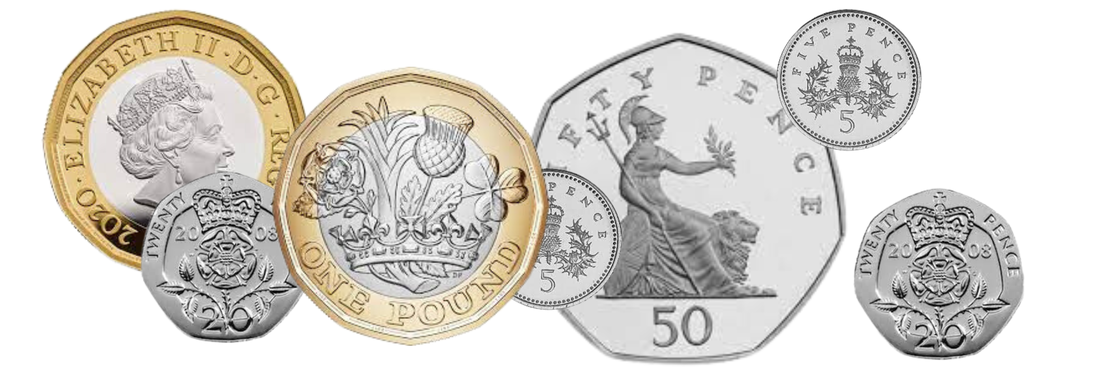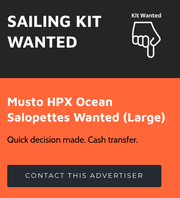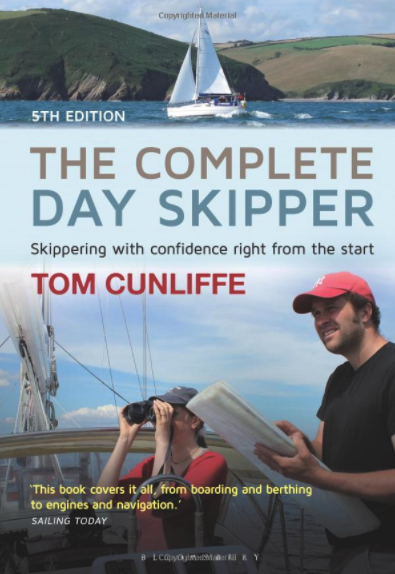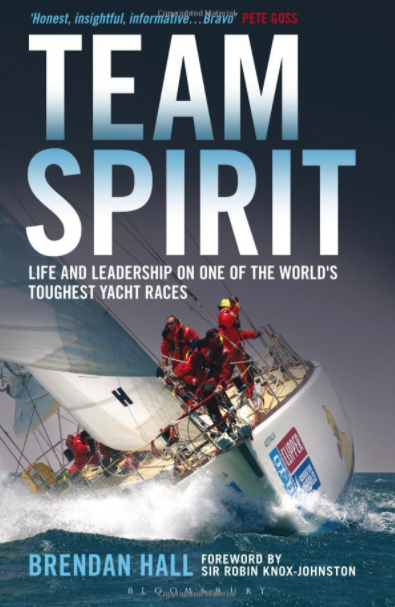|
If you are signed up to do legs 1, 4, 5 or 7, then you are likely to see the tropics at some point. Legs 1, 5, and 7, in particular, can be very warm for at least part of the time at sea. This brings with it several challenges, mainly revolving around choosing the correct deck clothing and apparel, managing fluid intake, personal hygiene and keeping cool below deck when off watch. Trying to sleep in 38-45º C, especially when it's humid and you are salt-encrusted & sweaty, is almost impossible until you are very very tired. Good, lightweight, wicking base layers with long sleeves (for UV protection) are critical. Don't use cotton. It gets wet, retains moisture once saltwater is on it and will get smellier, faster! A lightweight merino wool is good for comfort, performance and odour management. Icebreaker is a well-known Kiwi brand, although it is pricey.
Many crew will purchase sunscreen for the crew but make sure you have a plan to protect yourself against exposure to the brutal tropical sun. This will also mean a lightweight, ventilated wide brimmed sunhat with a chin strap (unless you want to lose it on day 1). Bare feet on the deck of a Clipper 70 is a no-no. There are too many hard things to break a toe on. Believe me, you only kick a stanchion post once with bare feet to learn this lesson. Therefore, some robust, grippy well vented shoes are required. They should also be of a material that allows for them to get wet and not get smelly. Keen Newports (open sandals with toe protection) are very popular amongst crew for this reason. Below deck, many crew swear by Crocs. This fashion crime is between you and your own personal God! Finally, if you plan to send emails from your ipad or phone and run a fan, etc then you will need the option to run the fan and charge your gadgets. Clipper 70s have various charging points, but it is easy to overload the batteries and the circuits, especially as the boat needs to run satcoms, navigation equipment, water maker and things like rice boilers. When I was skipper, I set up a charging schedule which allowed the on-watch to charge phones and personal battery banks whilst they were on deck. This seemed to work quite well, but it was something else to remember on watch change. Forget to charge your battery and you may end up having no fan for your next sizzling off watch. For this reason, I'd suggest you consider a battery bank for charging your kit. 30,000 mA as a minimum, should suit. You will also need a means of fixing this to your bunk when in use. I used some heavy duty velcro. I'm particularly impressed with some new battery banks which have a solar charging option. They are claimed to be robust, dust & splash proof and are able to be secured somewhere appropriate on deck by way of a carabiner. This gives you the option to always be able to charge your battery.
Last of all, in the tropics, the opportunity to shower in heavy rain showers presents itself from time to time. Keeping the crew and the boat as clean as possible is important, especially in the tropics, unless you enjoy tummy bugs and pink eye.
A small bottle of soap, easily to hand, will allow you to take advantage and soap up and rinse off (assuming you are not sailing the yacht, of course. Some crew are less modest than others, but a good place to wash is behind a helm station, offering some privacy. Even without a rain shower, a clean bucket and some sea water can be refreshing in hot weather. However, you really need to rinse in fresh water after, because salt water showers just make you sticky and salty. Some boats carry one or two fresh water solar showers which work really well when hung off the A frame on the stern. Finally, remember to stay clipped on at all times where SOPs require and keep your lifejacket on.
Comments
As we approach the UK's winter, it's worth noting that Clipper Yachts are not heated! Some will have a small oil-filled heater & dehumidifier which is aimed, largely, at trying to keep the crew area and sail bags (in the same place on a Clipper 68 training yacht) as dry as possible when alongside and between courses. However, overnight and when at sea, Winter on a Clipper Training Yacht is cold. When there are lots of people below, it can also get wet, with lots of warm breath and a cold deck making for a chilly rainforest in some conditions.
An alternative to this has been sourced by me and is available online for about £50. It's the Mountain Warehouse Sutherland sleeping bag. We did a quick review of the Sutherland Bag here. And the Ocean Bag here. Amazon Reviews | Click to View All Amazon ReviewsWe provide affiliate links on some items. This may entitle us to a small commission from Amazon if you buy.
The purchase price for you remains the same. This is a video recording of our first monthly webinar broadcast on our Fierce Turtle Facebook page. We hold a webinar on the last Saturday of each month.
This video goes through kit organisation. If you are training in the UK between October and April, I seriously suggest you consider buying one of these warm, fleece-lined sleeping bags. The Volvo Ocean bag is brilliant, but about 5 x the price of this bag, so if money is tight, this bag will do the job. Alternatively, you can hire an Ocean Sleeping Bag from us - just click here for more information.
The Sutherland bag can be ordered on Amazon and delivered in the UK. They sell for about £50 at the time of writing. In this short video I discuss what you should be thinking about packing for a cold ocean leg. In this context, I consider Cold Ocean Legs to be Legs 2, 3 , 4, 6 and Leg 8. Fierce Turtle (Packing for Training) : http://bit.ly/PackingListfortraining Check Out our Classified Pages for pre-used kit:
https://www.fierceturtle.co.uk/pre-used-kit Le Chameau Boots: http://bit.ly/sailingboots Ocean Sleeping Bag Hire: http://bit.ly/oceansleepingbag
Many crew us crocs for below deck, but on deck I think you have to go a long way to beat the Keen sandal / shoe. It is ventilated and has a closed toe, protecting you from all the hazards on deck.
Sailing in the Southern Ocean in Summer is a tough old gig, even for the pros on The Volvo Ocean Race. It seems no coincidence that so many use the Le Chameau Neptune boot for the really tough, cold race legs.
Click here for our review of the Le Chameau Neptune. Clipper Crew can claim 15% OFF the Le Chameau Neptune if purchased in February 2018. The DISCOUNT CODE is WARMFEET. Just enter the code at checkout. Sail safe. Keeping warm at sea is just a matter of preparation and attention to detail. Of course, on some of the warmer legs, such as leg 1, leg 7 and much of leg 5, keeping warm on board is not a problem. In fact, dealing with 40+ degree temperatures and high levels of humidity below deck is the biggest challenge. If you want to read more on these warmer legs and how to keep cool, click here. In my experience, staying warm requires that you look after yourself by eating well, staying active and staying as dry as possible and as well insulated as possible. Staying active on the race is rarely a big problem but there is an art to choosing the correct clothing for the conditions. On a very cold night at sea, when it's wet and rough, with water over the deck (and the crew), staying dry and warm without overheating when busy changing sails, can be tricky. The start of a watch might have you thinking you are under-dressed, and feeling the bitter cold and yet 30 minutes later you might be sweating profusely having just dragged the yankee 1 down the deck, battling against sea state and gale force winds. Understanding the best way to layer is therefore important. For a cold ocean, you should be dressed as follows;
This is my suggested packing list for Level 1 Training.
Other useful stuff to consider:
|
Mark Burkes is a former Clipper Race Skipper, a round the world crew member, Clipper Training Skipper & jobbing RYA Yachtmaster Instructor. He has over 250,000 miles logged.
Mark also writes professionally both online and offline and has written for Yachting World. ADVICE BY TOPIC
All
Fierce Turtle is not linked to nor is it in any way accredited by the splendid folk at Clipper Ventures. All opinion is my own.
Archives
July 2023
This blog is entirely free. However, if you'd like to make a small contribution towards web hosting costs it'd be very much appreciated.
|
||||||||||||||||||||||||||||||||||||||||||||
fierceturtle.co.uk |
PRIVACY & GDPR POLICIES
© COPYRIGHT 2012-23. ALL RIGHTS RESERVED. 256 bit secure checkout powered by stripe. |
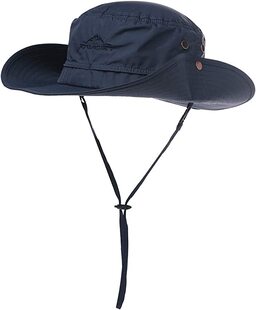
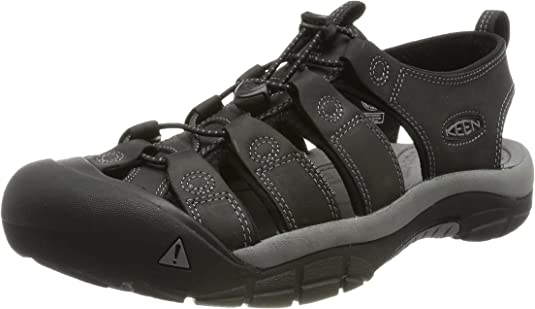
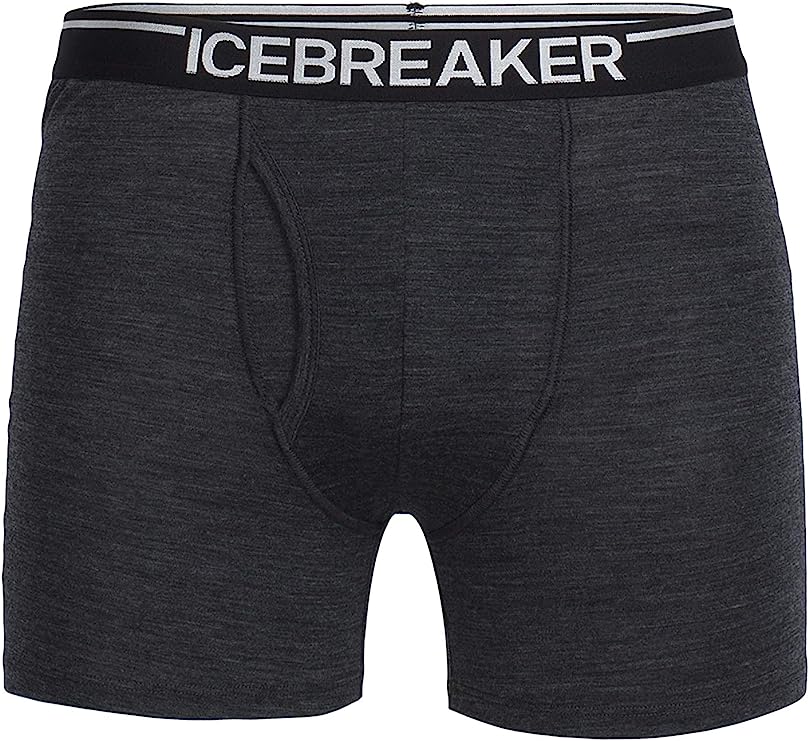
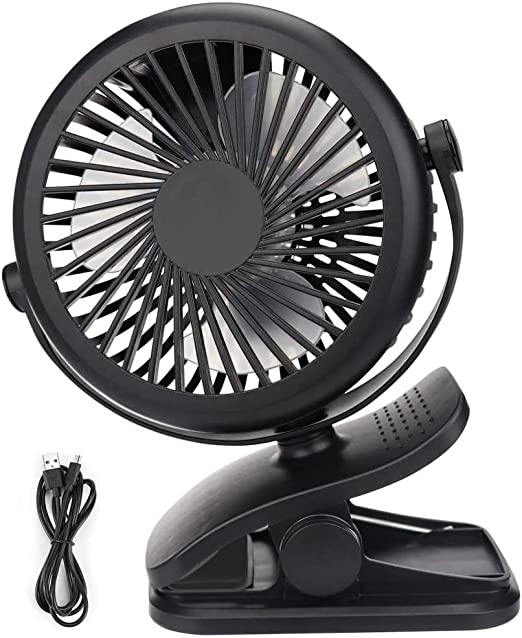
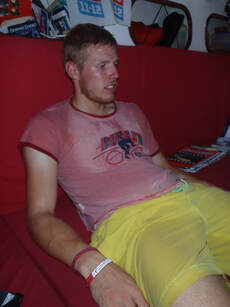

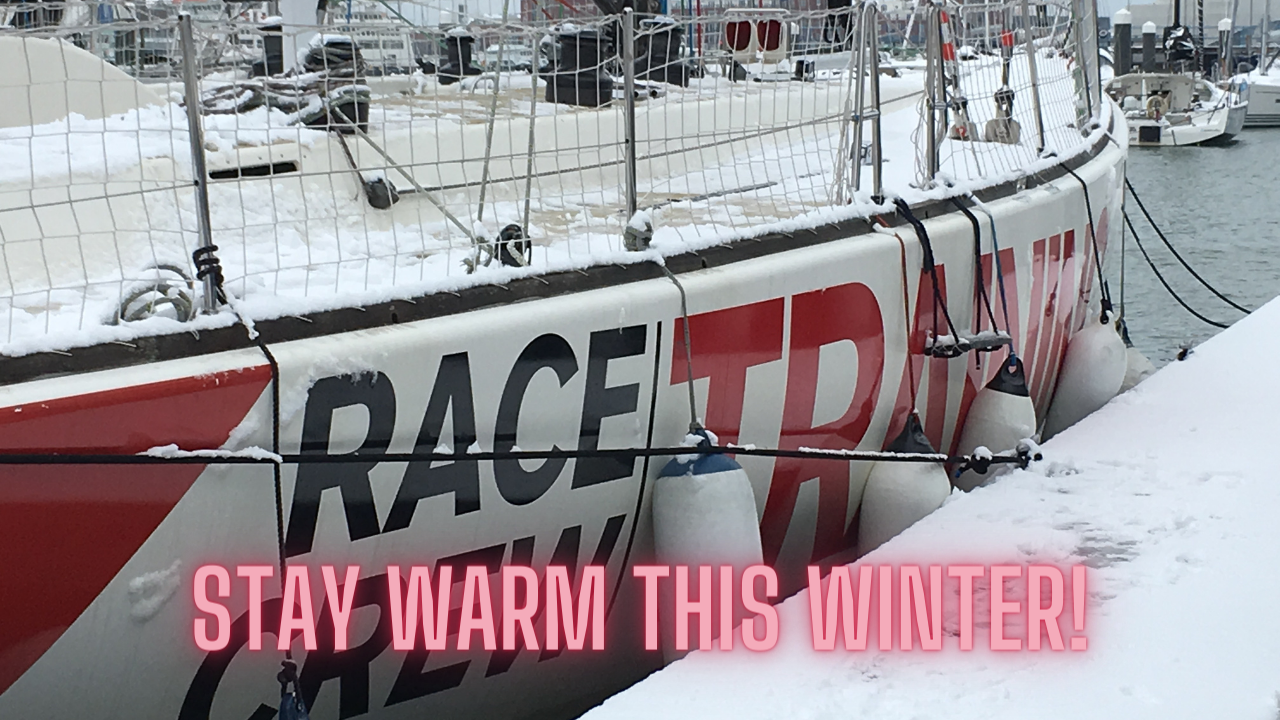

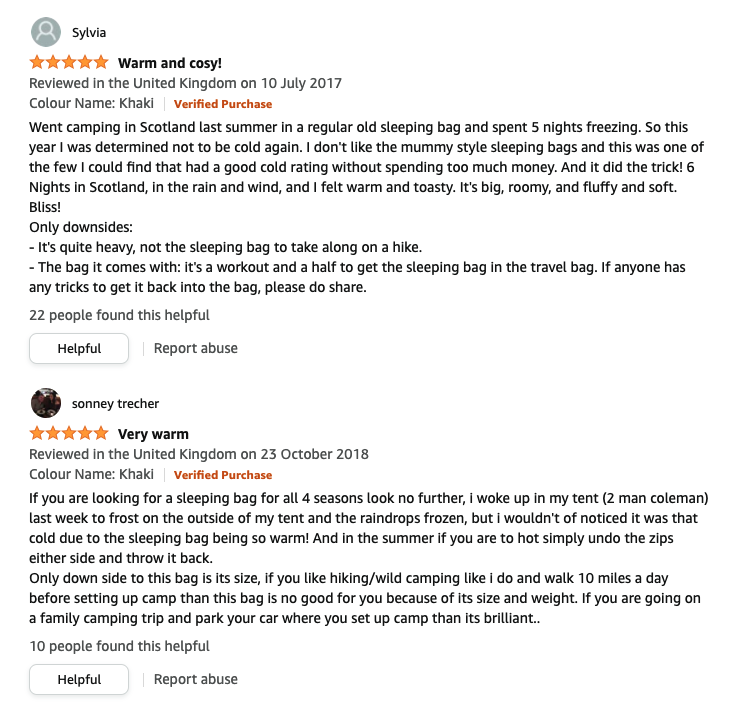

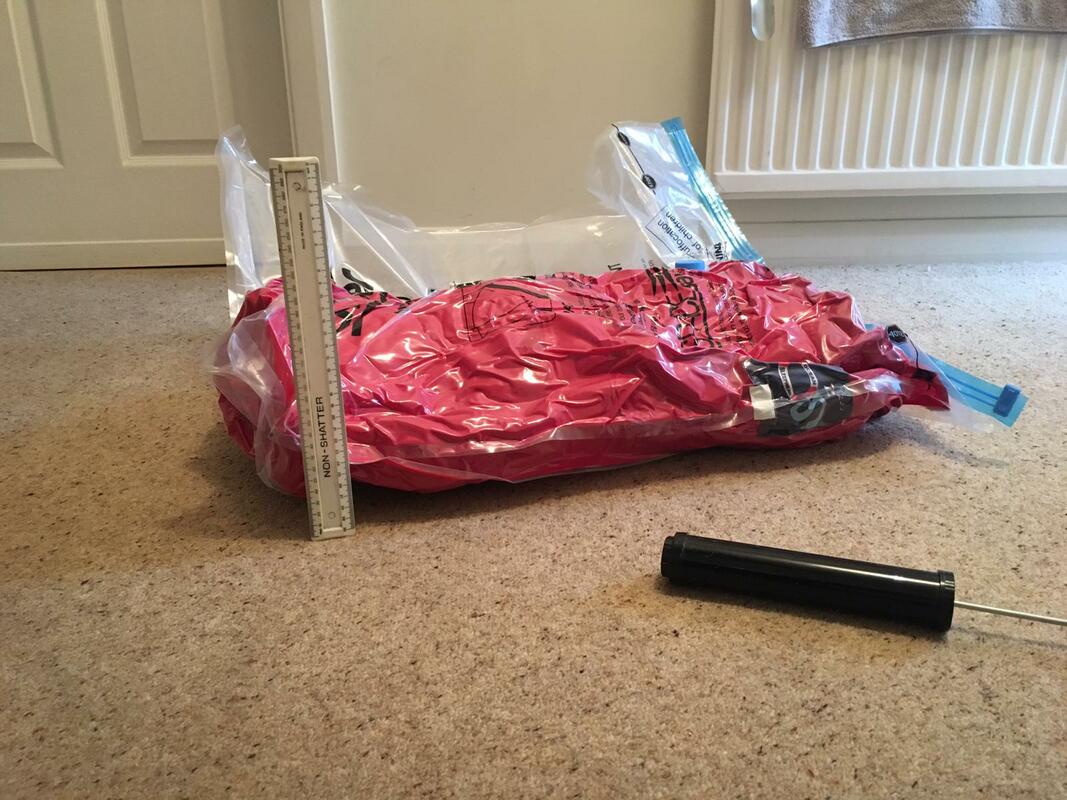

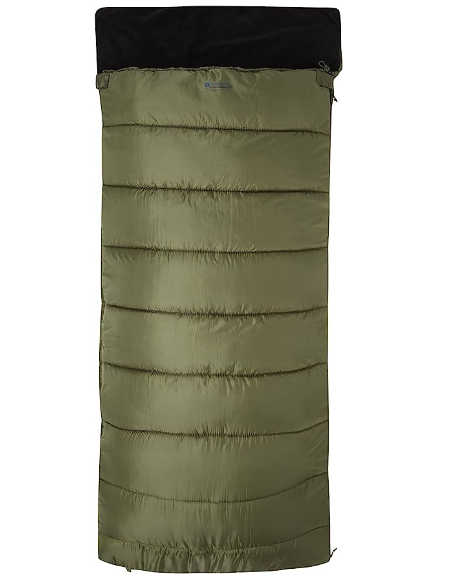

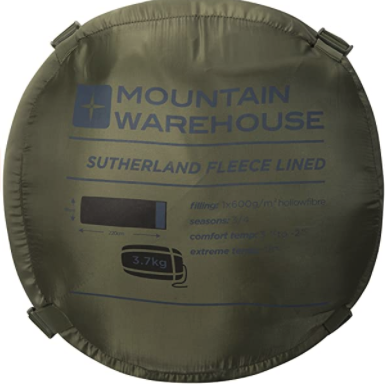

 RSS Feed
RSS Feed 